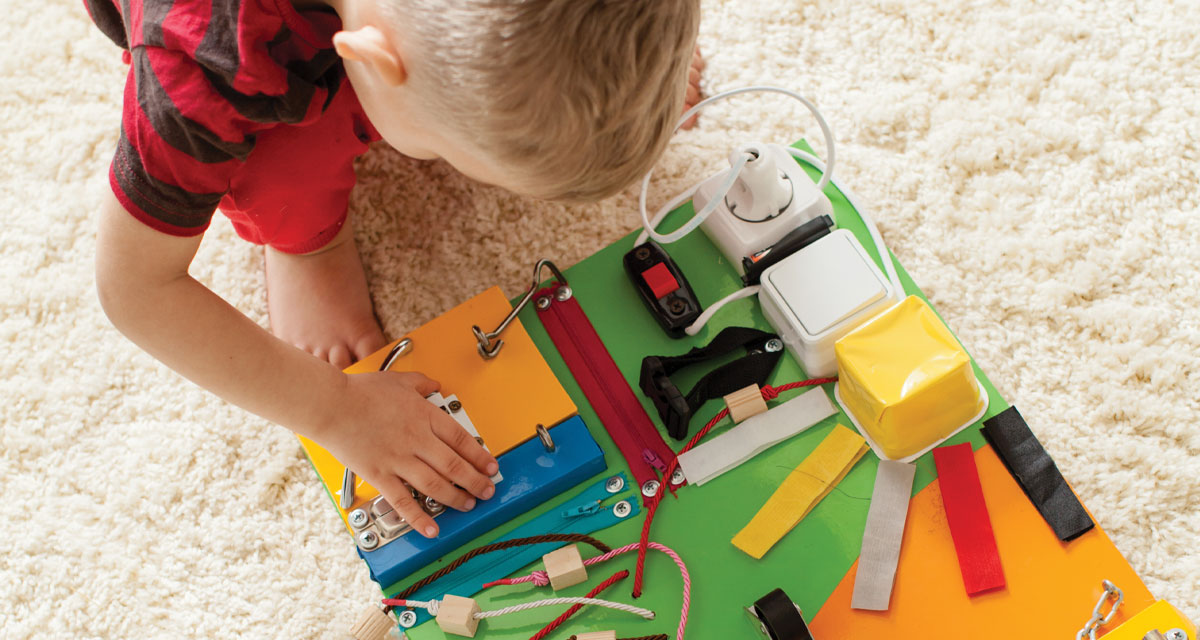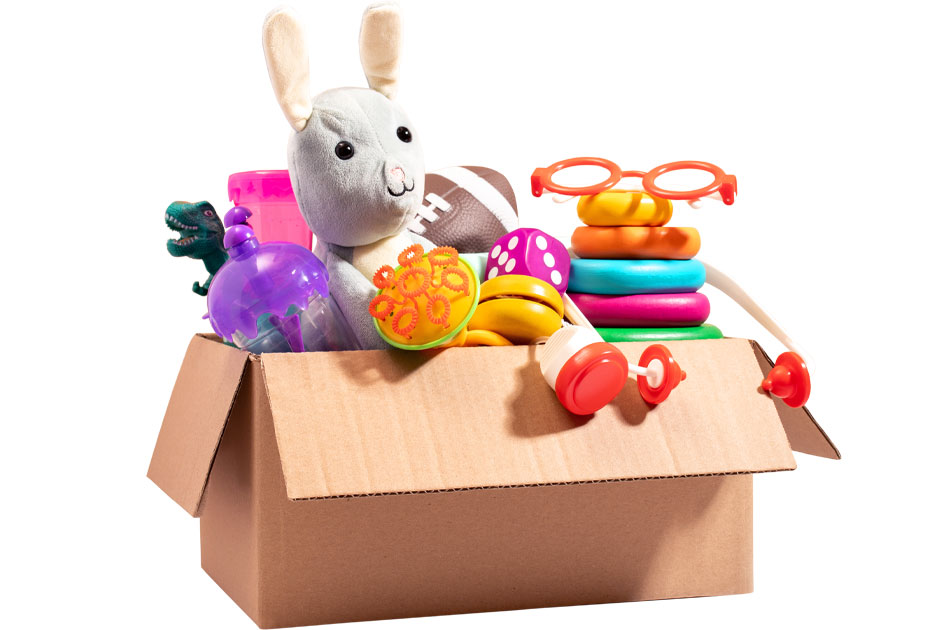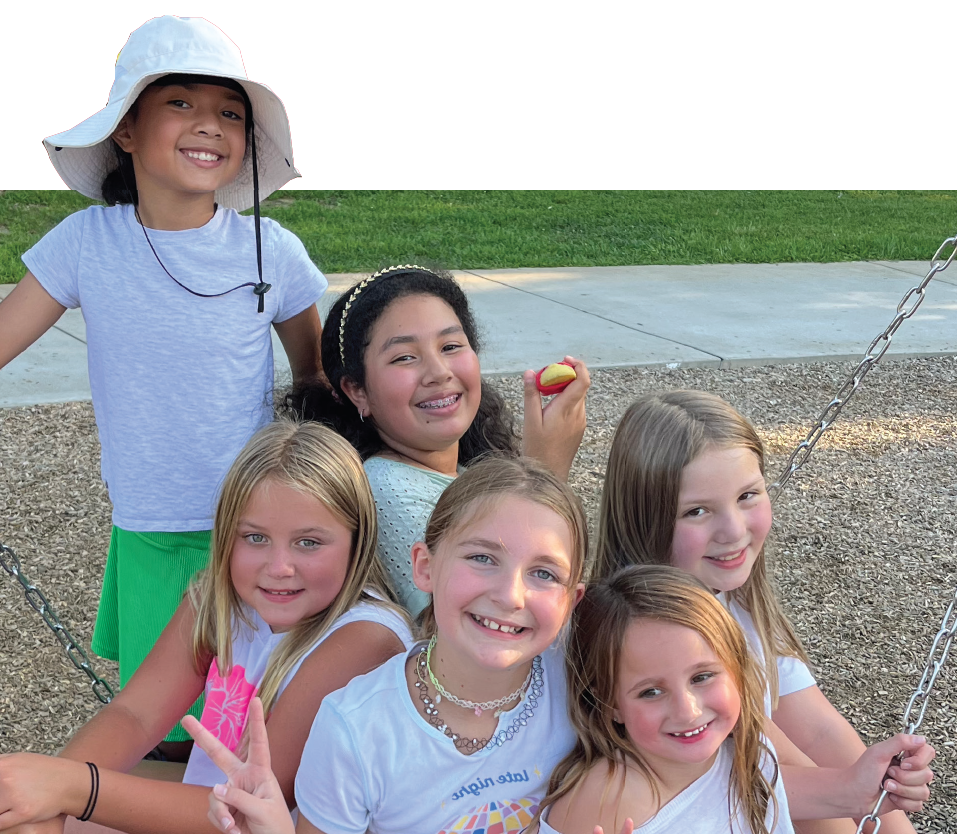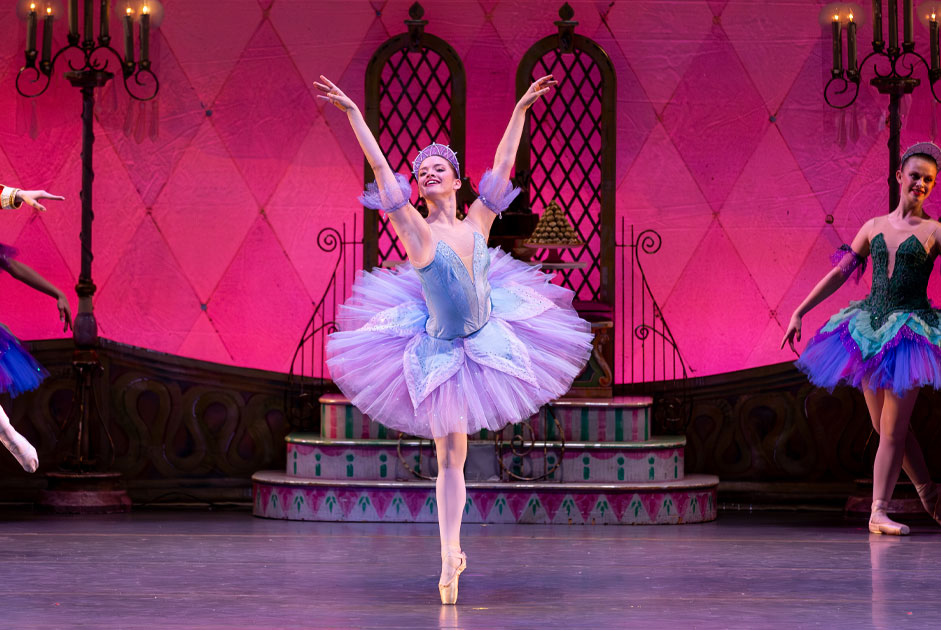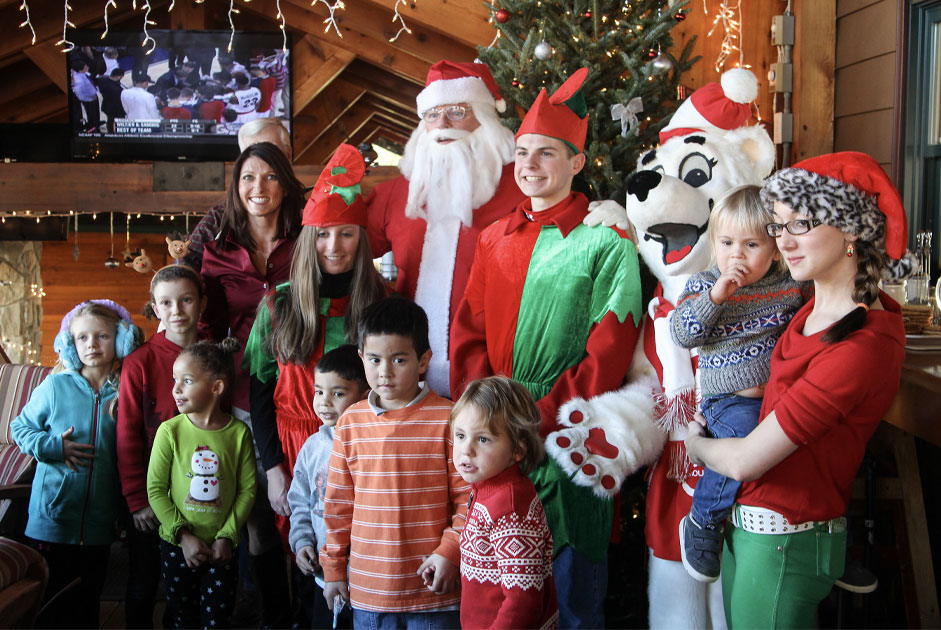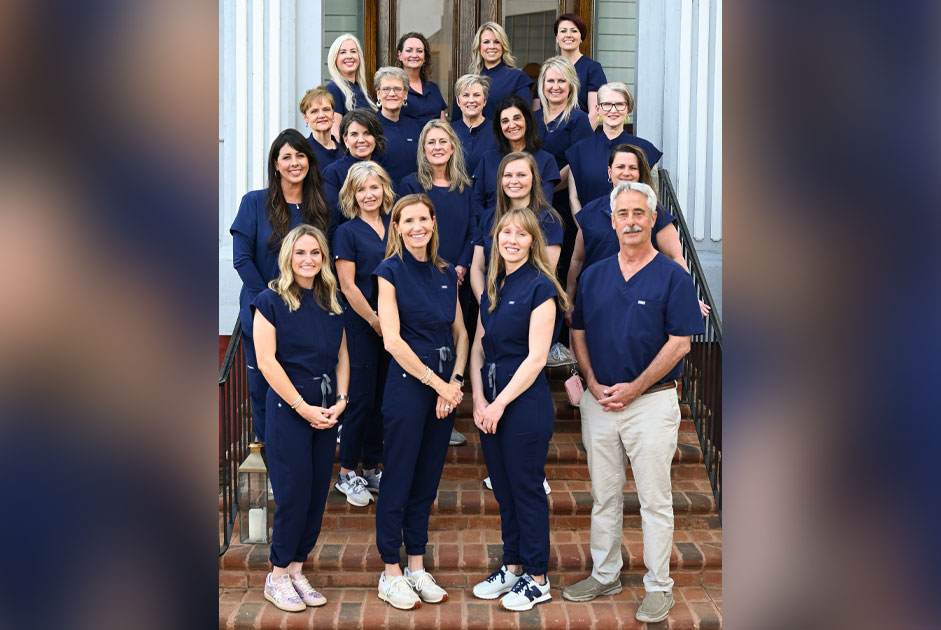Within the past few years, information about sensory learning for children has become more available and widespread. Sensory learning is a type of learning that engages a child’s senses in multiple ways. It is used to promote growth and learning development. Through different activities, children are exposed to various textures, sights, sounds and more to help them learn about distinctive situations. The sensory learning theory has been around since 1985 beginning with education consultant Dugan Laird and the belief that if all the senses are involved, a greater chance for learning takes place. Throughout the years, the theory has taken different shapes and perspectives and has been a key feature in Montessori philosophy. Research has shown that it is important for children of all ages, but especially during the first five years of a child’s life. There are many sensory learning activities that children, whether they are one year old or five years old, can do at home or at school, such as these:
- Count fingers and toes.
- Everything is new to a young toddler. While engaging their senses is essential, you also have to be careful to avoid overstimulation at times. Start with something small such as counting their 10 fingers and toes together. Recite the numbers and come up with fun, silly ways to count.
- Play with blocks or tupperware.
- Stack and create towers or sort the items in various categories to assist with a child’s dexterity, fine motor skills and hand-eye coordination.
- Build a busy board.
- Little ones this age love trying to figure out how doors open, zippers zip and more. To create a busy board, all you need is a piece of wood and zippers, latches with snaps, buckles and knobs. You can also add items that turn on with a push, such as lights and other things with buttons. Attach each item to the wood, and let your one year old go to town.
- Sensory Bins
- Give time for your child to explore new objects through a sensory bin. Fill a bin with uncooked rice, uncooked pasta, different fabrics and water. Then, place some toys into the bin. Help your child dig and explore with the materials, and find their toys. Always stay with your baby during this time, and be careful of them placing items in their mouths.
- Create a discovery basket.
- A discovery basket is a different take on sensory bins. Inside a basket, container or bag, add in child-safe household items. You could include dish towels, spoons, musical toys, plastic lids and more. Take it a step further and make a specific category for your discovery basket. You could have a red item only basket, musical items only or something else.
- Write names or draw in sand or rice.
- This activity is great for younger children. Fill a shallow container with rice or sand. Let your toddler use their fingers to draw in the texture. If a child is a little older and learning how to write, this is a great way to practice their letters and numbers. Another safe option for kids who love to put everything in their mouths is to use yogurt or baby food for the materials.
- Sound Hunt
- A sound hunt can be done inside or outside. Think about the common sounds your toddler could hear each day. Then, go on a scavenger hunt to find those people, animals or items. Can your child find something that buzzes or bangs, barks, quacks or goes whoosh?
- Taste test with foods that are salty, sweet, sour and bitter.
- In individual bowls, place foods that are either salty, sweet, sour or bitter. Examples of items are a spoonful of sugar, something peppermint flavored, a lemon wedge, potato chip, orange rind, unsweetened chocolate and a pickle. With your child, taste each of the foods one at a time. Discuss what salty, sweet, sour and bitter each taste like, and determine which category the food falls into. Move on until all of the objects have been categorized. This activity works best for older children in the one year to five years age group. You can also ask what each food smell likes for another factor.
- Play music and dance.
- A very simple task that can produce many results. Turn up the jams, and dance away.
Sensory learning activities are all around children. However, it is valuable to take the time and fully engage your child in specific activities to help his or her development. You can focus on multiple senses or only one, but sensory learning activities should be done a few times a week, if not more, for the best results. Always remember to get creative, have fun and enjoy making these memories with your child.

